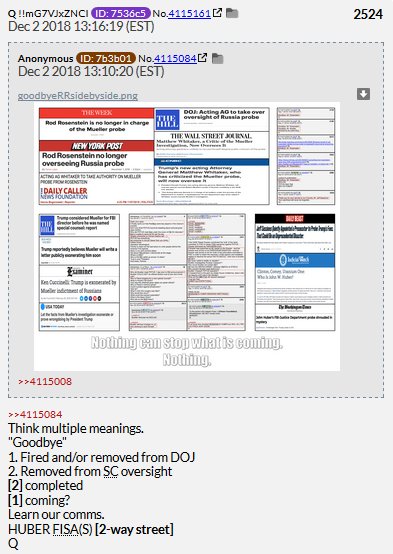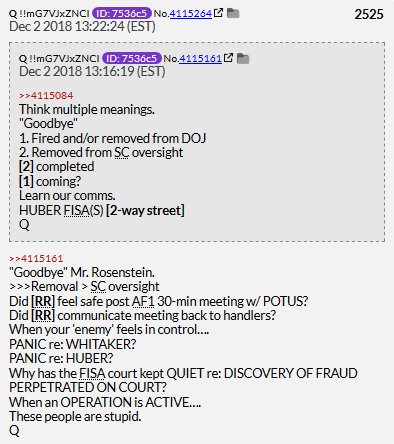Here he is at Liberty University. Start it up about 18:40:
Let's take a look.
Again, this is D'Souza's classic MO, taking one small detail out of context, ascribing total explanatory value to it, and then hoping his audience doesn't know any better.
Here's an earlier example:
That's some significant goalpost movement *right* off the bat.
We can look to what the GOP's own political strategists said:
In 1960, a long, detailed section on civil rights (1257 words).
In 1964, only a few lines (132 words)
In 1968, not a *single* mention (0 words).
Here:
presidency.ucsb.edu/ws/index.php?p…
presidency.ucsb.edu/ws/index.php?p…
presidency.ucsb.edu/ws/index.php?p…
D'Souza acts like this is something historians are hiding, but I've literally directed two dissertations on this.
First of all, @LeahRigueur's The Loneliness of the Black Republican is a terrific account of both the costs of the GOP shift on civil rights and Nixon's "black capitalism" programs, among other things. Read it! amazon.com/Loneliness-Bla…
Due out next year with UNC Press. It's going to be big. Check it out!
On one side, there were LBJ holdovers like Leon Panetta, but also GOP moderates like HEW's Robert Finch and HUD's George Romney. On the other, strategists like Phillips, Dent & Buchanan.
But the big point is that one cherry-picked bit of evidence doesn't "prove" anything. History is more complex than that.
In that speech, D'Souza claims (at 19:04) that "Richard Nixon invented affirmative action."
Yeah, that's not remotely true.
You can watch it here:
And then a *third* order in 1967, which broadened the policy to ban gender discrimination as well.
So, no, Nixon didn't "invent" affirmative action.
Nixon embraced it for his own political reasons. Here's @rickperlstein: amazon.com/Invisible-Brid…

We actually can reconcile Nixon's embrace of affirmative action with his larger campaign of playing to whites' racial fears, because we know that's how Nixon and his top strategists understood them working together!
Wrapping up, I've already covered the party switch stuff here:
Hi there, I'm actually a historian. We don't do this.
I'm sitting at my desk, debating him right now.
I need an edit button!



















